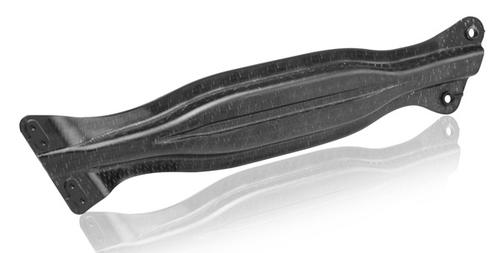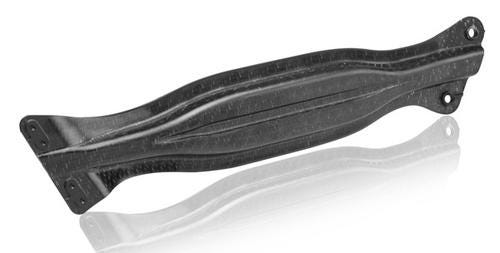Composites Process Combines Injection Molding & Thermoforming
January 31, 2012

A German partnership has completed a multiyear project to develop a hybrid injection-molding/thermoforming process for making complex components from fiber-reinforced composite materials.
The partners -- Audi AG, Bond-Laminates, the Institute for Composite Materials, the Jacob Plastics Group, Lanxess, and KraussMaffei -- presented the results of the SpriForm Cooperative Project at the project's closing event in Munich.

The SpriForm production process creates lightweight, crash-resistant automotive components by combining thermoplastic injection-molded parts with thermoformed parts made of continuous fiber-reinforced thermoplastic sheets. Typical applications include seat shells and backs, instrument panel carriers, box covers, side impact protection pieces, and semi-structural parts.
The project's aim was to unite the benefits of both processes in a single manufacturing process. The sheets' reinforcing fiber is impregnated with a polyamide (PA) matrix. The sheet for an automotive component that must withstand the impact of a crash consists of six 0.5mm fiber layers and a PA6 matrix.
In a fully automated SpriForm production cell, individual sheets are created with thermoforming, pre-heated by an infrared oven, inserted by robots into an injection mold, and fixed in place by hydraulic needles. At the same time, a finished part on the other side of the mold is removed. The newly inserted sheet is formed and back-injected with ribs. Its edges are then fully overmolded. During the project, the molds were constructed by Georg Kaufmann Formenbau AG, a project partner.
About the Author(s)
You May Also Like
.jpg?width=300&auto=webp&quality=80&disable=upscale)


